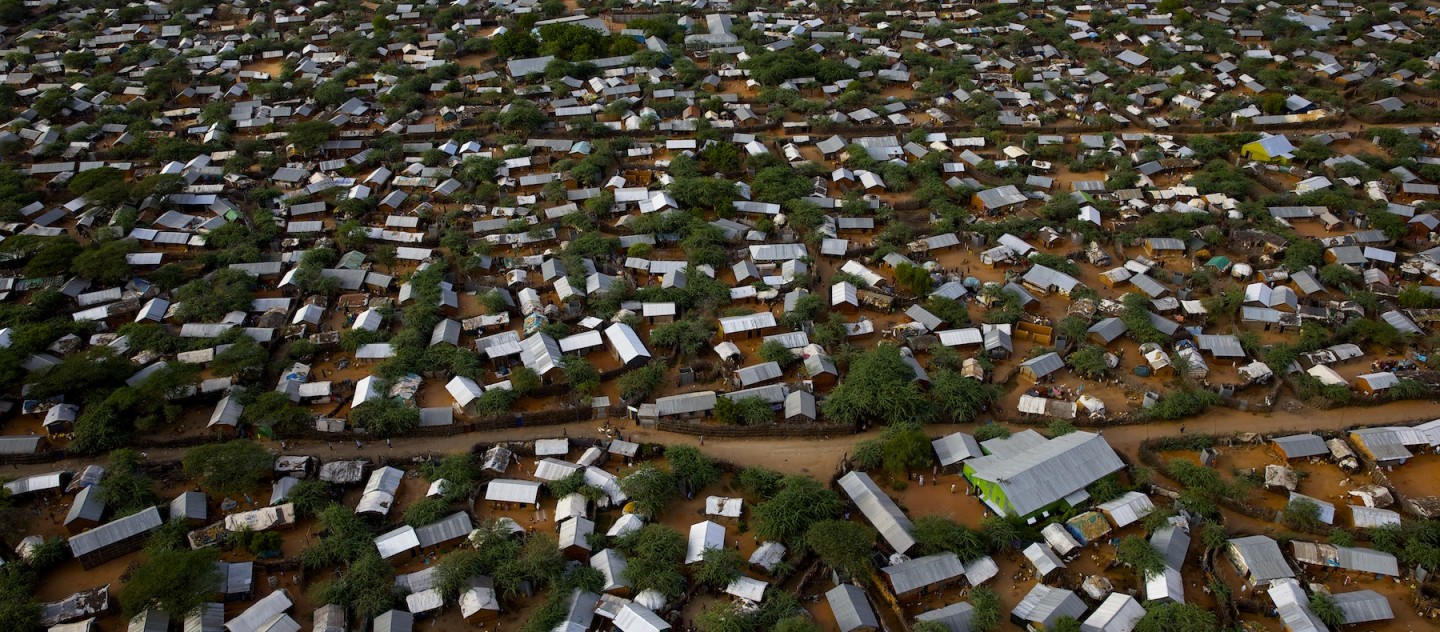The four Dadaab camps are Dagahaley, Ifo, Ifo 2 and Hagadera. The first three are located in Lagdera (Dadaab) district while Hagadera is located in the neighbouring Fafi district. There is a considerable difference between the old camps, established 1991 and 1992, and the new camps, established in 2011. A large part of the residents in the old camps (Ifo, Dagahaley, Hagadera) arrived in Dadaab in the 1990s and have children and grandchildren born in the camps. The old camps resemble naturally-grown towns and have developed into commercial hubs connecting north-eastern Kenya and southern Somalia. In contrast, most of the residents in the new camp, Ifo 2, came during the 2011 famine and are mainly pastoralists.
UNHCR Field Office Alinjugur is part of the larger Dadaab operation.
Information for journalists, film-makers and researchers visiting Dadaab Refugee Camps
Journalists, researchers, scholars and film-makers intending to visit refugee camps in Kenya are required to obtain a letter of approval from the government of Kenya.
- Local and foreign journalists are required to obtain accreditation from the Media Council of Kenya
- Local and foreign researchers are required to obtain a research permit from the National Commission for Science, Technology and Innovation
- Local and foreign film-makers will need accreditation from the Kenya Film Commission
Upon obtaining one of the above, you will physically take it or email it to the Refugee Affairs Secretariat (RAS) at the Ministry of Interior & Coordination of National Government. RAS is the government entity in charge of management of refugee camps in Kenya which will issue you with a letter of approval to visit the camps. You will be required to produce a copy to UNHCR upon arrival in the camps. The RAS focal point for Dadaab is Mr. Mwenda Njoka mwenda.njoka@gmail.com , +254737513181 – Spokesperson, Ministry of Interior and Coordination of National Government.
Find details on how to visit Dadaab below;

